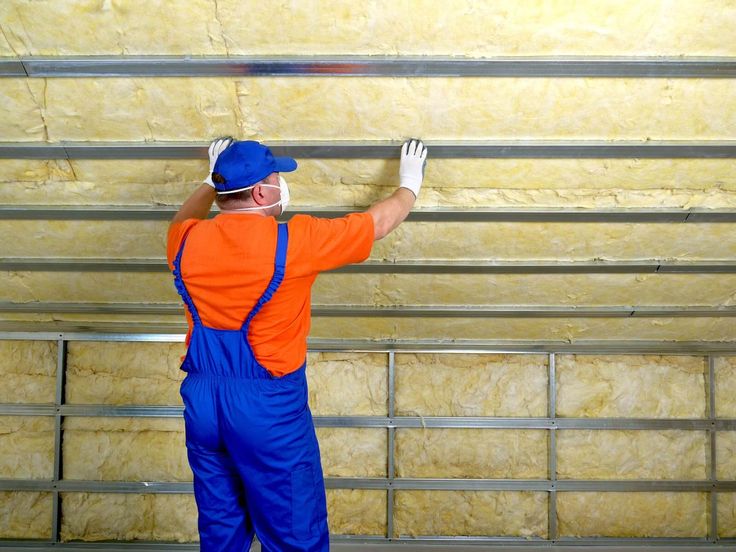Insulating your roof is a crucial step in improving your home’s energy efficiency, enhancing comfort, and reducing heating and cooling costs. However, many homeowners make mistakes during the insulation process that can undermine these benefits roof insulation. Here, we’ll explore common pitfalls to avoid when insulating your roof, ensuring that you get the best performance from your insulation investment.

1. Ignoring Proper Ventilation
One of the most significant mistakes homeowners make is overlooking the importance of proper ventilation. Adequate airflow in your attic space helps prevent moisture buildup, which can lead to mold growth and structural damage. When insulating your roof, ensure that you maintain a balance between insulation and ventilation. Install soffit vents, ridge vents, or gable vents to promote airflow while keeping your insulation intact.
2. Not Using the Right Type of Insulation
Different types of insulation offer varying levels of effectiveness, so it’s essential to choose the right one for your roof. Common options include fiberglass batts, spray foam, cellulose, and rigid foam. Each has its advantages and drawbacks. For example, while spray foam offers excellent air sealing, it can be more expensive. Research your options and consider factors like R-value, cost, and installation requirements to find the best fit for your home.
3. Overlooking Air Leaks
Air leaks around chimneys, vents, and other roof penetrations can drastically reduce the effectiveness of your insulation. Before installing insulation, inspect your roof for gaps and cracks that allow air to escape or enter. Use caulk or spray foam to seal these leaks and ensure a tight seal, maximizing your insulation’s efficiency.
4. Skipping the Underlayment
An underlayment serves as an essential barrier between your insulation and roof sheathing. It helps protect against moisture and prevents condensation from forming within the insulation. Neglecting to install an underlayment can lead to long-term damage and reduced insulation performance. Be sure to choose a suitable underlayment material for your roof type to enhance your insulation system.
5. Improper Installation Techniques
How you install your insulation can significantly impact its performance. Ensure that batts or rolls fit snugly between rafters or joists, with no gaps or compressions. If using spray foam, follow the manufacturer’s instructions carefully to avoid over-expansion or insufficient coverage. Taking the time to install insulation correctly can prevent energy loss and improve comfort.
6. Failing to Assess the Current Insulation
Before adding new insulation, evaluate your existing insulation for effectiveness. If it’s damp, moldy, or compressed, it may need to be removed before new insulation is added. Similarly, assess the thickness and R-value of your current insulation to determine if you need to upgrade or supplement it. Failing to do so can lead to wasted resources and inadequate thermal performance.
7. Not Considering Local Climate
Local climate conditions play a significant role in insulation performance. Areas with high humidity may require different insulation types than regions with dry climates. Research the recommended insulation R-values for your area and adjust your insulation strategy accordingly. Ignoring local climate factors can lead to insufficient insulation and increased energy costs.
8. Forgetting About Future Accessibility
When insulating your roof, consider future accessibility for maintenance and repairs. Avoid completely blocking access points to your attic or roof space. Ensure that any insulation you install allows for easy access to essential components, such as HVAC systems, plumbing, and electrical wiring. This foresight can save you time and effort down the line.
Conclusion
Insulating your roof is a wise investment that can lead to significant energy savings and enhanced comfort. By avoiding these common mistakes—such as neglecting ventilation, choosing the wrong type of insulation, overlooking air leaks, skipping the underlayment, and failing to consider local climate—you can ensure a more effective insulation job. Take the time to plan and execute your insulation project correctly, and enjoy the long-term benefits of a well-insulated home.